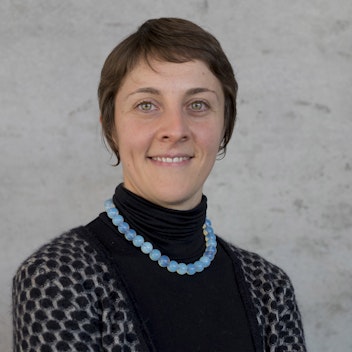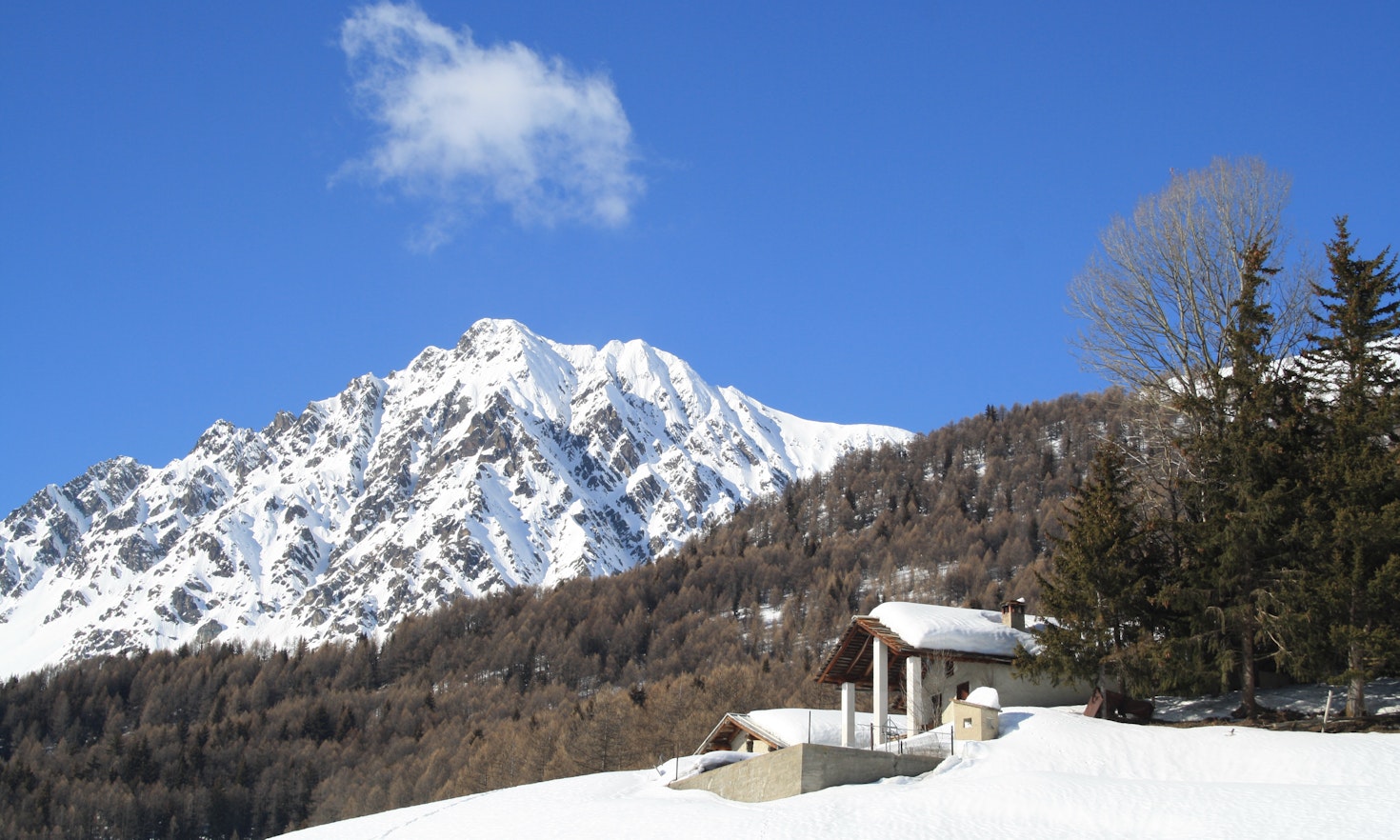
The EU Green Week: Implementation of environmental law is the key
 Mariachiara Alberton
Mariachiara Alberton
This two-episode blog article was born for two reasons. The first is that I have had several discussions with colleagues and professors about my own region, and I have often noticed puzzled reactions when I describe how Aosta Valley actually is from my insider point of view. The second is that, when I set out to study the legal and political literature on Aosta Valley, I understood those questioning stares.
The first episode provides a picture of Aosta Valley’s linguistic context by focusing on legal provisions and actual practice.
Valdôtains? Ah yes, the Frenchmen! Aosta Valley, nestled in the north-west of the Alps and on the border with France and Switzerland, is the smallest region in Italy. Despite being home to little more than 125,000 inhabitants, the region displays a vast complexity from a linguistic point of view. This is one of the reasons the region enjoys an asymmetrical constitutional status within the Italian legal system. Nevertheless, what generally characterizes the few legal and political studies which focus on Aosta Valley are their rather simplistic descriptions. Consequently, the region is often depicted as the home of a French speaking minority – and, sometimes, the German “minority within a minority” community of Walser is also mentioned – which enjoys wide language rights in the framework of a special autonomy arrangement. In a way, this is a reassuring picture for the observer, as the traditional categories of minority rights seem to work perfectly to explain and accommodate the situation of the population residing in the tiny mountainous region.
Aosta Valley’s territory has a historic link with the Gallo-Romance linguistic area, and, from the XII century onwards, was politically tied to the Duchy of Savoy. Besides the widespread practice of many variants of francophone dialects – which can be grouped the name of Franco-Provençal or Patois – since the 16th century, French has consolidated as an administrative and teaching language, as well as a language of the Catholic Church. In addition, since the 12th century, some areas have been populated by Walser communities who speak the Alemanic dialect variants of titsch and töitschu. Since the proclamation of the Kingdom of Italy in 1861, the entire region’s linguistic particularism underwent a progressive erosion, initially caused by the cultural and educational policies of nation-building put forward by the Kingdom and then, especially, those submitted during the fascist regime. Furthermore, Aosta Valley witnessed an almost unique (at least in Italy) migratory phenomenon, which reinforced the diffusion of the Italian language in the territory. This occurred as a result of both processes of emigration from Aosta Valley and internal migration from other Italian regions. A considerable moment of demographic change occurred from 1921 to 1939, when 30.000 people from the region of Veneto moved to Aosta Valley, while at the same time the same number of Valdôtains went to France either to escape from fascist persecution or to start a new life abroad after the local credit system underwent a huge crisis. Another migratory flow which affected Aosta Valley’s demography was the internal migration of workers from Calabria which was particularly encouraged during the 60s and 70s for political reasons. Notably, the expansion of the Italian language has not produced a sharp contrast between ethno-linguistic groups but has rather facilitated the increase of bi-and multilingual speakers. This is especially the case with the people who speak Patois: the latter idiom is widely employed in family and with friends, while preference is generally given to Italian or (to a very limited extent) French in the workplace or in other more formal contexts (like in public offices).
The main constitutional reference in Aosta Valley that concerns language rights is the Special Statute of the Region (which took over the place held by the first autonomous arrangement adopted in 1945, immediately following the end of the war). The Statute was indeed established albeit not exclusively, for the protection of the francophone linguistic minority and regional cultural particularism, meeting – at least to a certain extent – the strong claims for self-government which arose from societal elites after the fascist oppression. This led to an easing of the extremely high tensions of that time and the blocking of other possible outcomes, such as secession from Italy and annexation to France, both supported by certain political actors and part of the population. Aosta Valley was immediately endowed with competences in education and culture, which aimed at the restoration and the promotion of the use of French, which had drastically dropped due to the abovementioned dynamics. Accordingly, the statute affirms the principle of co-officiality of the Italian and French language. This principle entails that public acts can be drafted in one or the other language (except for rulings, which must compulsorily be drafted in Italian) and that state and regional officials are required to prove their knowledge of French during the competitive examination procedures. Furthermore, many other implications follow from the principle of co-officiality, such as:
In 1993, a further but more limited guarantee was added in favor of the Walser populations through constitutional amendment (art. 40-bis, Special statute): “The German-speaking populations of the municipalities of the Lys Valley determined by a regional law are entitled to the protection of their traditions and of their linguistic and cultural characteristics”. As a result, in the school institutions of those municipalities, it is obligatory for German to be taught along with Italian and French, and adjustments of schools’ programs are allowed in order to meet local needs; in other words, albeit not fully-fledged, a trilingual system has been established. Instead, the Franco-Provençal dialect (and its speakers) enjoys only a limited protection: there is no mention of this language in the Special statute and, except for a few rather generic provisions, it is not the recipient of legislative provisions aimed to protect it. However, extensive regional measures have been undertaken to support and promote Franco-Provençal, with specific initiatives and funding for associations or activities.
The power relations among the languages derived from the constitutional-legal framework are far from a realistic depiction of daily linguistic practice. As a matter of fact, sociolinguistic research has described Aosta Valley as a highly diverse and dynamic context, where perceptions of the speakers and social legitimacy of the different idioms play a significant role in shaping people’s language choices. In sociolinguistic terms, Aosta Valley is characterized by “endogenous community societal bilingualism with multiple dilalia”. The latter definition describes the coexistence of two standard languages (Italian and French) as having a legally but not concretely equal standing (as Italian has eroded the spaces of French), and of various low linguistic repertoires (Franco-Provençal, Piedmontese in the lower valley, and German dialects). Notably, the situation is even more complex in the villages where the Walser population reside, as there, three standard (Italian in dominant position, French and German with very limited use) and three low (titsch and töitschu, Franco-Provençal and Piedmontese) varieties of languages coexist. To complete this linguistic picture, there is a slow but constant increase in the use of the languages of the so-called new minorities, which add another significant dimension. Sociolinguistic scholars have highlighted that Italian is increasingly replacing all the areas of use of the other idioms in every kind of communication, be it formal, informal or even within families themselves. Patois is anyhow a vital idiom, still known and practiced by a considerable number of inhabitants (at least one third of the population); the same applies, even though to a rather lesser extent, to the Walser dialects, while French is the least used language in all areas. Thus, the analyzed socio-linguistical context can be defined as diffusely multilingual while the region is officially, legally and structurally bilingual and French, despite its symbolic relevance, is the third language in terms of use. Against this background, Aosta Valley’s bilingual legal system, inspired by restorative and promotional purposes when it comes to language provisions, is thus confronted with a reality which relativizes the legal categories highlighting their distance from the social and socio-linguistic reality. Several reasons may explain this unfortunate situation. With regard to the restoration purpose, it should be recalled that Aosta Valley’s population of 1945–1948 was considerably different from that which, in the early twentieth century, still spoke French widely. The formal guarantee of equal standing between languages did not apply to effectively equally used languages. Due to this discrepancy, even promotional actions aimed at compensating the minority through a possible and necessary “re-Francisation” based above all on school policies, have not achieved their goals. Furthermore, it was not realistic to believe that the objective of rebalancing could be reached only by use of this instrument. A bilingual school system was just not enough to recreate the socio-linguistic habits that had already been overturned by profound transformations.

This content is licensed under a Creative Commons Attribution 4.0 International license.